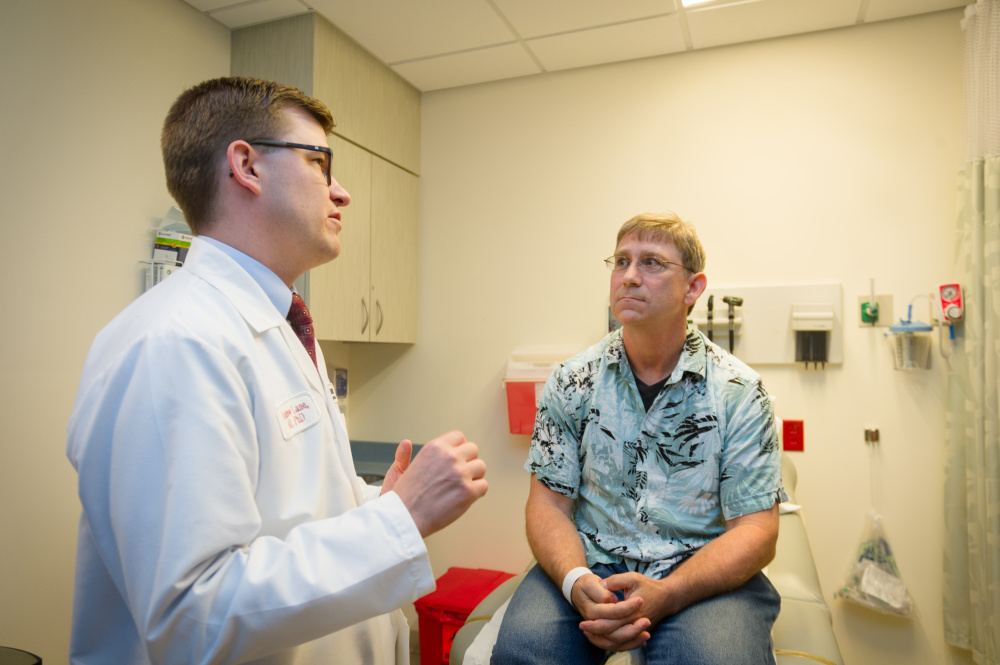
Blastic plasmacytoid dendritic cell neoplasm, or BPDCN, is a rare, aggressive blood cancer, with features of both lymphoma and leukemia. While it is somewhat similar to acute myeloid leukemia (AML), its unique characteristics include abnormal tumor cells that can be found in the blood, bone marrow, lymph nodes, or skin. BPDCN is most frequently diagnosed in people between the ages of 60 and 70, and is more common in men than women.
There are several symptoms that may signal a case of BPDCN. These include:
- Skin lesions: Skin lesions occur in approximately 80 percent of BPDCN cases, but vary widely. In some cases, there is a large, visible tumor on the skin. In others, there are many small spots across the skin. But for some, lesions are simply a rash.
- Enlarged lymph nodes: Some patients may experience swollen lymph nodes that patients or doctors can feel.
- Stomach pain: In cases where the disease has progressed to the spleen, patients may experience stomach pain.
- Fatigue: BPDCN can decrease normal blood cell (red blood cells, white blood cells, and platelet) counts in the body, which leads to fatigue in patients. Decreased blood cells may also result in bleeding, bruising, and fever.
Since the symptoms and signs vary greatly—and the disease is rare—BPDCN patients are often misdiagnosed, says Andrew Lane, MD, PhD, director of the BPDCN Center at Dana-Farber. Lane stresses the importance of patients and doctors being aware of the condition and its symptoms.
Of those patients who are diagnosed with the condition, it is most often found through skin biopsies after patients visit a dermatologist for skin lesions. Others may be diagnosed through a lymph node or bone marrow biopsy.
Learn more about treatment for blood cancers at Dana-Farber.
